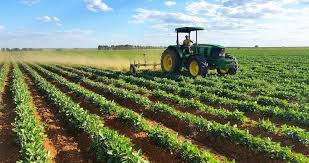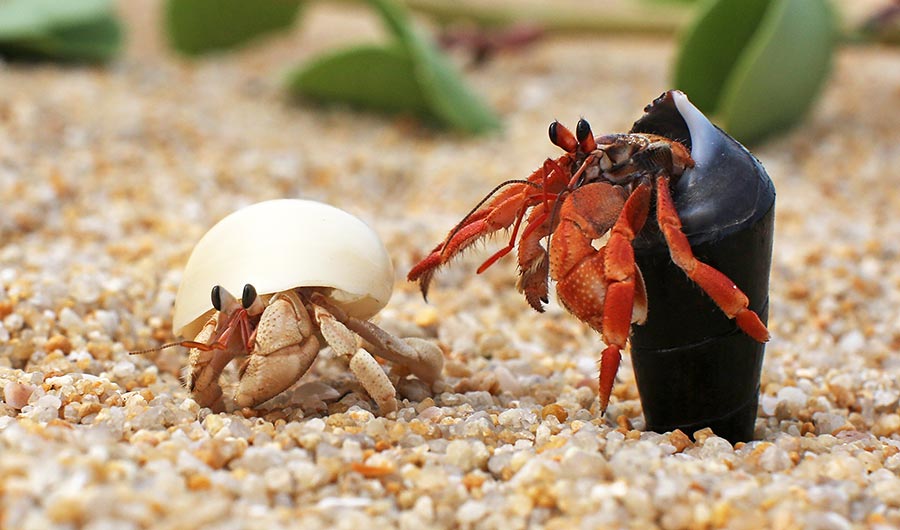Complete List of Crops Introduced into Africa
There are many crops widely grown in Africa, that are introduced from other regions of the world into Africa. The most notable among them include the following:
Cereals Rice ——— Oryzasativa
Wheat ——— Triticumaestivum
Grain legumes Groundnuts ——— Arachis
HypogaeaCommonbean——- Phaseolus
VulgarisFieldPea ——— Pisumspp.
Roots and tubers Cassava ——– Manihot
esculanta Cocoyam ——— Colocasia
esculenta Water yam ——— Dioscorea alata
Tannia ——– Xanthosoma
sagittifolium
Sweet potato ——— Ipomoea batatas
Oil-seed Sesame ———- Sesamum
Indicum
Fiber crops Cotton ——— Gossypium
Barbadense
Hirsutum Sisil ——— Agave sisalana
Sugar crops Sugar cane ——— Saccharum
Officinarum
Drug crops Tobacco ——— Nicotiana
Tobaccum
Beverange crops Tea ——— Camellia sinensi
Cocoa Cocoa ——— Theobroma
Latex crops Rubber ——— Hevea
Braziliensis.
It might be supposed that a hungry continent would exploit all its available food plants to the fullest, but in Africa’s case that is not so. The region below the Sahara is home to hundreds of contributors to the food supply, almost none of which is currently accorded scientific support, official promotion, or inclusion in development schemes.
Read Also: Trends of Crop Production Both Nationally and Globally
In the beginning, Africa’s edibles fed humanity. The earliest emigrants out of Africa—long before agriculture—found new foods on their journeys, but at home there was a contraction of agrodiversity as farming increasingly focused attention on those plants most practical as mass-suppliers of food in the greatest number of places.
Still and all, for many thousands of years, hundreds of wild and (in time) cultivated native species complemented each other to comprise the core of the continental food supply.
Then before recorded history, a pivotal plant migration began as a few Asian foods wended westward to become new links in the African food chain (sorghum and others took the return route from Africa).
They arrived partly thanks to increasing trade between India and Africa’s eastern seaboard, as well as overland and perhaps even through surprising long-distance connections between Madagascar and today’s Indonesia.
Exotic species from Asia—most notably rice, bananas (in their various forms), and sugarcane—began contributing more and more to life below the Sahara.
Yet many Africans remained largely dependent on traditional food plants until about five centuries ago, when adventurers and slavers sailing the western seaboard introduced a collection of American crops. These additions notably included maize (corn), cassava (manioc), peanut (groundnut), sweet potato, tomato, common bean, chili peppers, and pumpkin.
As is common with nonnative plants, the new arrivals tended toward robust and productive growth, and subsequent centuries saw them spread across Africa as farmers integrated these helpful adjuncts into their age-old livelihood strategies. That inevitably meant that more of the traditional contributors fell away from the food supply and the minimization process proceeded.
During the colonial era the process of discarding indigenous crops gained further momentum, as the official focus shifted to those familiar crops of mercantile interest, such as cane, chocolate, coffee, cotton, and other durable, transportable, and valuable crops of that sort.
Indeed, during those times subsistence crops were almost entirely neglected in organized agriculture, while valuable exportable cash crops were cultured, harvested, graded, and protected against rodents, insects, and decay with exceptional
efficiency and dispatch. And an end result of these historical trends was that most of Africa’s food these days comes from a mere 20 or so species, almost all of foreign extraction.
Like grains and fruits, Africa’s ancient vegetables were vulnerable to the sweep of these events. Long ago, hundreds of leaves, roots, tubers, corms, rhizomes, bulbs, seeds, buds, shoots, stems, pods, or flowers were eaten. Yet across Africa today the main vegetables are crops such as sweet potato, cooking banana (plantain), cassava, peanut, common bean, peppers, eggplant, and cucumber.
Countries in the elevated central regions—Burundi, Rwanda, Ethiopia, and Kenya—grow potato. Banana dominates Rwanda, and Ethiopia also relies on chickpea and lentil. And South Africa records its leading vegetable crops as potato, tomato, green mealies (maize), sweet corn, onion, pumpkin, carrot, cabbage, lettuce, and beetroot.
The disconnect in such modern-day enumerations is that these “African” vegetables come from Asia or the Americas. Indeed, a popular textbook on vegetables in Africa features about 100 species, only 3 of which are native born. Out of the continent’s top vegetables today, only cowpea, yam, and okra are African.
This situation is not, in itself, a major detriment. The United States, after all, has almost half of sub-Saharan Africa’s population and eats essentially no local food plants whatsoever.
But unlike the United States, Africa needs more and better food. And unlike America, which is biologically deprived of native food plant abundance, Africa also has the blessing of hundreds of worthy candidates waiting in the wings—the old ones that during the course of history got dropped from the food supply not through insufficient merit but through the negligence or priorities of eras now past and for reasons no longer relevant.
Related: Comprehensive Step by Step Guide on SoyaBean Farming
There are lessons to be learned from such history. Many foods of the utmost importance today were bypassed in the past because they were considered “poor people’s plants.” Peanuts, potatoes, and many other top-line crops once suffered this discrimination.
In the United States the peanut was scorned as “merely slave food” until little over a century ago, and in the 1600s the English refused to eat potato on the basis that it was “Irish food.”
The list is lengthy, and cultural bias against peasant crops is an ultimate calamity because plants that poor people grow are usually robust, productive, self-reliant, and useful—the very type well-suited to feeding the hungriest and most vulnerable sections of society.
Surely the door is now open to a renaissance of Africa’s vegetable resources. Sadly, though, even in our times, such historical exclusionary trends continue. The imbalance between the traditional and the introduced species, already worrisome, continues tipping toward an even greater reliance on other people’s plants.
Read Also: The Complete Classification of Crops




